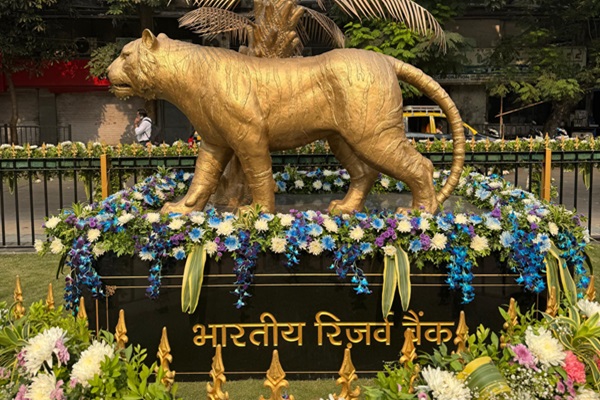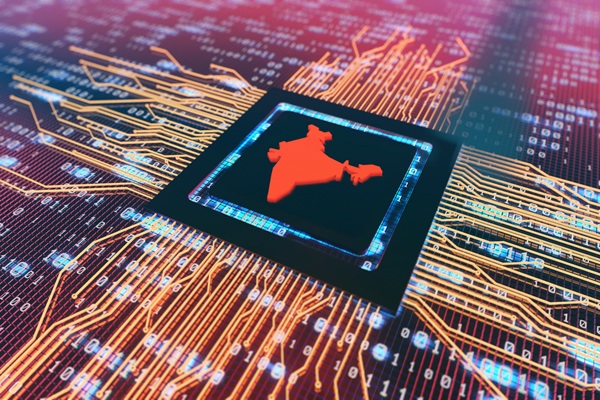.png)
Gurumurthy, ex-central banker and a Wharton alum, managed the rupee and forex reserves, government debt and played a key role in drafting India's Financial Stability Reports.
May 21, 2025 at 4:07 AM IST
The call money market, originally confined to inter-bank transactions, has seen a gradual but significant evolution over the decades. In 1971, the Life Insurance Corporation and UTI were permitted to lend in this market. By 1990, participation widened further to include the General Insurance Corporation, the Industrial Development Bank of India, and the National Bank for Agriculture and Rural Development as lenders. In April 1991, other entities with sufficient surplus funds were also allowed, provided they met minimum operational thresholds and routed their transactions through the Discount and Finance House of India.
This liberalisation continued through the 1990s. In 1995, private mutual funds got access to the call money market, and in 1997, the exclusive routing facility granted to DFHI was extended to other primary dealers. By 1998, with operational thresholds lowered, the number of entities using PDs to route transactions rose sharply.
Enhanced participation notwithstanding, the market experienced extreme volatility. Call money rates, at times, soared to triple digits—most notably on April 28, 1992–and again on November 3, 1995, when it rose to 85%. Rates as high as these would likely stun today’s generation of bankers!
Yet, this broadening of access raised policy red flags. Experts and various committees questioned the prudence of allowing non-banks into what was fundamentally an inter-bank market. A core argument was that call money rates were market-determined, while bank deposit rates remained regulated. This mismatch risked diverting funds from deposits to the call market, thereby increasing banks’ cost of funds. Years later, similar concerns resurfaced when mutual funds began competing directly with banks for deposits.
The 1998 Committee on Banking Sector Reforms, widely known as the Narasimham Committee II, recommended restricting the inter-bank call, notice, and term money markets exclusively to banks, with an exception made for PDs. The exception factored in the critical role played by PDs in stabilising the call money market and were formally treated as banks for inter-bank transactions. Their inclusion, in fact, stemmed from the broader goal of developing the government securities market through a strong PD system.
The committee was also concerned over banks’ over-reliance on the call money market, particularly by “chronic borrowers,” which heightened systemic vulnerability. It recommended that banks operate within prudential limits and use the call market solely to manage unforeseen liquidity mismatches—not as a source for routine funding.
To ensure orderly interest rate movements, the committee proposed that the Reserve Bank of India maintain an active presence through short-term repos, even if it is for one day. It also called for the establishment of a Liquidity Adjustment Facility, wherein the RBI would reset repo and reverse repo rates, daily if needed, to provide a corridor that anchors overnight rates. The recommendation to actively reset these rates was reflective of the zeitgeist of those times.
The RBI accepted these recommendations, establishing a more structured and market-oriented approach. Thus, over time, the role of the call money market in the overnight segment, through policy push, diminished considerably, even as it was embraced to be the main operating target for monetary policy. Critics argue that the market, now limited in volume and vibrancy, has become less effective as a policy tool, if not impaired. After all, with reduced volumes, it is less accurate a reflection of the market conditions and thus of little use to the central bank in gauging policy transmission.
Now if all this is by design, the concern about banks ignoring the bank-only call money market and rather lending to the central bank, again by design given the flexibility and ease that SDF offers, is a metaphorical mitempfindungen.
The following charts illustrate overnight market transactions for the week ending May 16, 2025.
A predominant portion of overnight transactions now occurs outside the call money market, primarily through TREPS and repos. What's more, these transactions mostly take place below the policy corridor defined by the SDF and the Marginal Standing Facility. While it is useful to create a walled garden of call money to show that a corridor is maintained, such departure is nonetheless problematic for a central bank to showcase its commitment to the corridor for overnight rates. What meaningful signal, then, does the call rate send about market liquidity? Behavioural scientists might call this a classic case of confirmation bias—seeing what one expects to see.
Given the increasing size and influence of non-bank participants, there may be a case for shifting the operating target to something more representative—perhaps a weighted combination of TREPS and repo transactions, as reported by CCIL. If the call market is to be preserved—as a barometer of inter-bank trust, for example— so be it.
There's one additional reason to have a relook at the overnight market, given its interlinkage with the lending market through external benchmark-linked lending. Banks can synthetically create or extinguish such exposure through the currently available OIS derivatives that are based on overnight unsecured benchmark. But efficient pricing of such derivatives entails ease of replication-based arbitrage through cash instruments. An illiquid call market makes such replication difficult. Hence, there's a need to switch secured overnight funding rates-based derivative. But such funding is generally dominated, in the Indian context, by non-bank participants and excluding them for the purpose of benchmarking will make the SOFR thus obtained, unrepresentative of the going rate. In the symphony of liquidity management, the call rate is now a fading note—once central, now marginal. Whether it is harmonised or left to fade will shape the RBI’s future rhythm.
Part 1 of this series explored how the LAF matured from a daily liquidity tool to the operational heart of monetary policy, and Part 2 how the Standing Deposit Facility may be steering India’s liquidity corridor towards a de facto floor regime.




